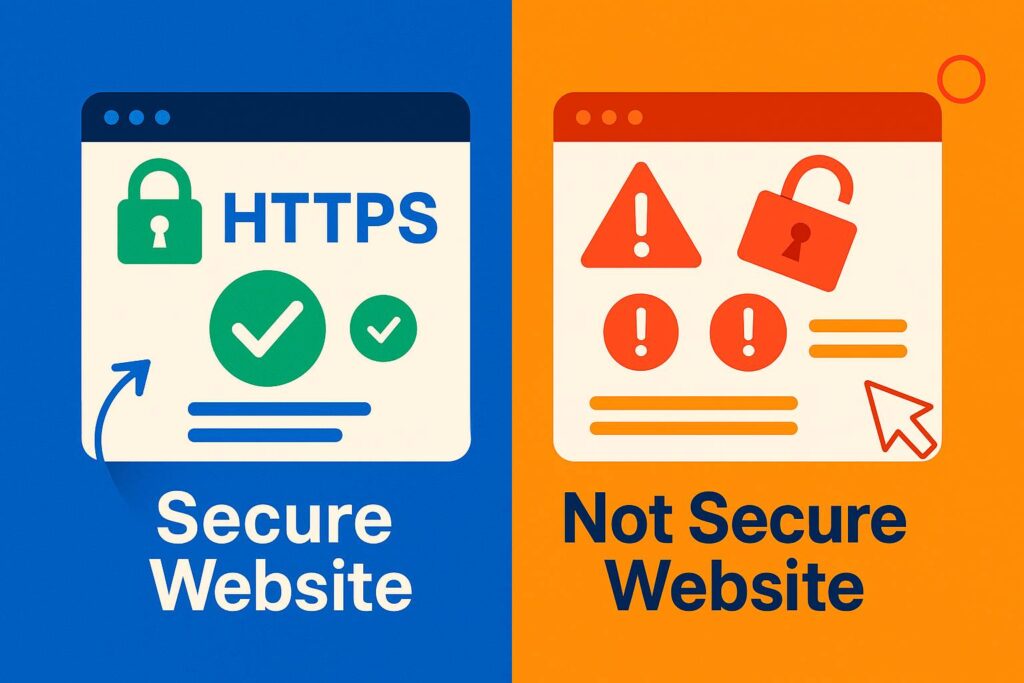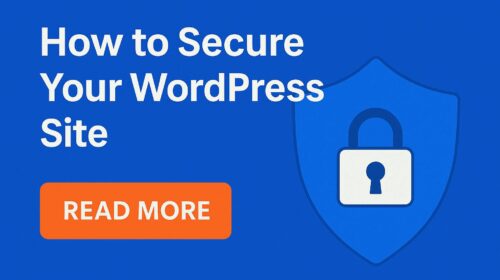
Which of the Following Indicates a Website is Not Secure? 5 Signs You Should Never Ignore
The internet is part of our daily lives — we shop, book flights, check our bank accounts, and even manage our businesses online. But not all websites are safe. Knowing which of the following indicates a website is not secure can help you avoid serious risks like data theft, fraud, or malware infections.
Here are the 5 most common warning signs that indicate a website is not secure:

1. No Padlock Icon in the Browser
This is the easiest sign to check. When you visit a secure website, a padlock icon appears next to the URL in the address bar. If it’s missing — especially on pages asking for personal information — that’s a big warning.
2. URL Starting with HTTP Instead of HTTPS
The “S” in HTTPS means secure. It shows that the website encrypts the data you send. If the site only uses HTTP, your data (passwords, credit cards, personal info) can be intercepted.
3. Security Warnings from Your Browser
Modern browsers like Chrome, Firefox, or Edge are designed to protect you. If you see a message like “Your connection is not private” or “This site is not secure,” leave immediately.
4. Suspicious Pop-Ups or Redirects
Safe websites don’t constantly bombard you with ads, pop-ups, or unexpected redirects to other sites. If this happens, it may indicate malware or poor security.
5. Missing Privacy Policy or Contact Information
Legitimate websites display their privacy policies, terms of service, and clear contact details. If none of this exists, that’s a red flag.
Why Website Security Matters
A website without proper security is an easy target for hackers. They can steal data, inject malware, damage your reputation, and even cause financial losses.
For business owners, securing your website is not optional — it’s essential.
If you run a WordPress website, vulnerabilities can appear in outdated plugins, weak passwords, misconfigurations, or missing security protocols.
How Can You Protect Your Website?
Here are some quick tips:
- Always use SSL certificates (HTTPS).
- Update your CMS, plugins, and themes regularly.
- Use strong passwords and enable two-factor authentication.
- Run vulnerability scans frequently.
At our company, we offer professional vulnerability scanning services designed specifically for WordPress websites. With our help, you’ll receive a complete report identifying potential risks — before hackers do.
Take action today. Protect your users, your data, and your business.
Contact us now and request a vulnerability scan of your website.
If you want to explore other articles similar to Which of the Following Indicates a Website is Not Secure? 5 Signs You Should Never Ignore you can visit the Web Vulnerabilities.






Leave a Reply